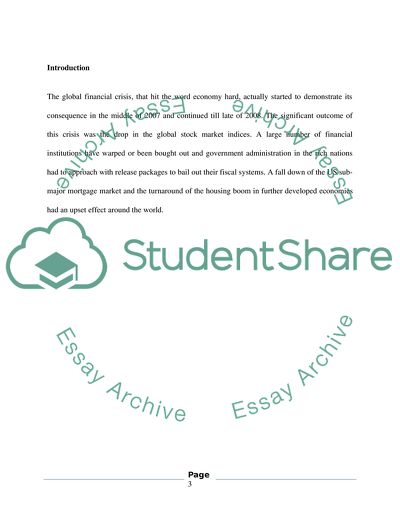Cite this document
(“Housing policy Essay Example | Topics and Well Written Essays - 2750 words”, n.d.)
Housing policy Essay Example | Topics and Well Written Essays - 2750 words. Retrieved from https://studentshare.org/miscellaneous/1571760-housing-policy
Housing policy Essay Example | Topics and Well Written Essays - 2750 words. Retrieved from https://studentshare.org/miscellaneous/1571760-housing-policy
(Housing Policy Essay Example | Topics and Well Written Essays - 2750 Words)
Housing Policy Essay Example | Topics and Well Written Essays - 2750 Words. https://studentshare.org/miscellaneous/1571760-housing-policy.
Housing Policy Essay Example | Topics and Well Written Essays - 2750 Words. https://studentshare.org/miscellaneous/1571760-housing-policy.
“Housing Policy Essay Example | Topics and Well Written Essays - 2750 Words”, n.d. https://studentshare.org/miscellaneous/1571760-housing-policy.


